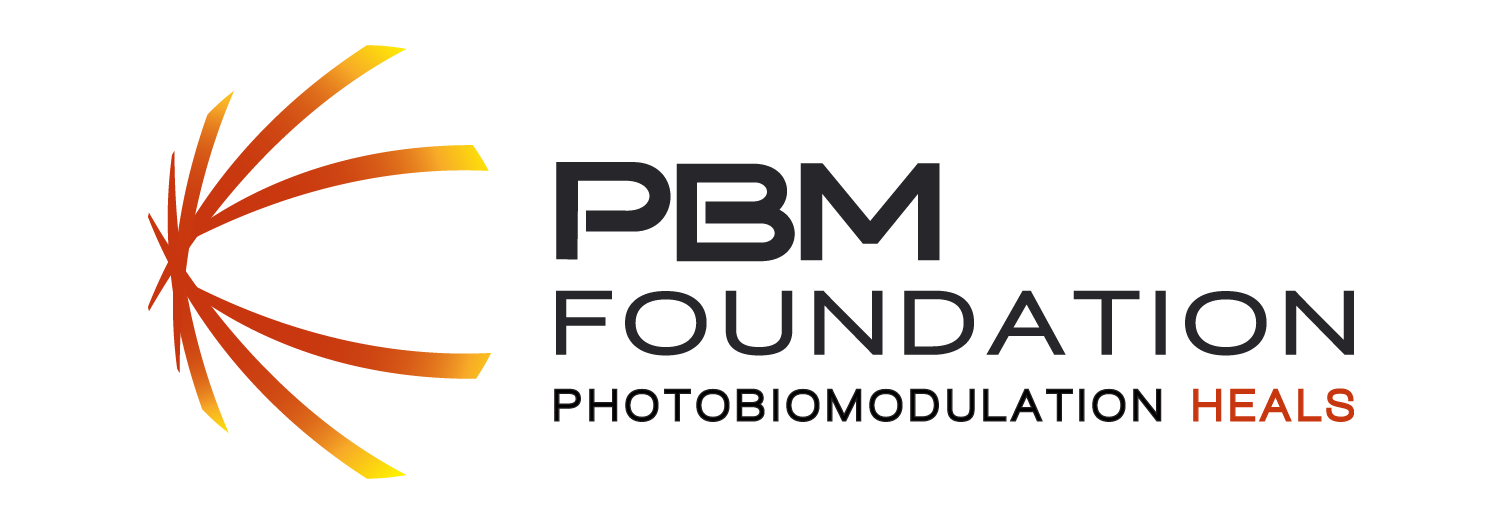Effects of Photobiomodulation and Split-Thickness Skin Grafting in the Prognosis of Wound Healing in Children with Deep Burn Ulcers
Abstract
Background: Split-thickness skin grafting (STSG) is a standard therapeutic technique in patients with extensive and deep ulcers. Hospitalization and surgery can result in complications, especially in children. Photobiomodulation (PBM) has been applied in a variety of conditions such as healing of surgical, venous, pressure, and diabetic wounds, but no clinical trial using this method for healing of burn ulcers in children was found on searching the literature. The aim of the study was to evaluate the effect of PBM on the outcome of burn ulcers in children.
Materials and methods: Informed consent and protocols were reviewed according to Shahid Beheshti University of Medical Sciences’ Medical Ethics Board (IR.SBMU.REC.1394.363) and the Iranian Registry of Clinical Trials (IRCT2016011726069N1). Forty children with deep burn ulcers, who were candidates for STSG, were divided into PBM and STSG groups. A 650-nm laser (power 150 mW, spot size 0.6 cm2, time 10 sec, and energy point 1.5 J) was used for irradiation over the burn area every other day until complete healing in the PBM group. STSG was performed in the STSG group. All other therapeutic care protocols were identical.
Results: Thirty-nine children completed the study. The mean ulcer size in the two groups was similar before treatment (PBM = 60.72 cm2 ± 13.8 and STSG = 63.74 ± 7.6). In the PBM group, all wounds healed within 10–12 sessions. Analysis of the burn area was performed 1, 3, and 6 months after injury. There was a significant difference (t test) in the burn area after 6 months in the PBM group compared with the STSG group (t test; p > 0.001).
Conclusions: This is the first study to compare PBM and STSG in burn ulcers in children. Results indicated that PBM was an effective alternative to STSG, significantly decreasing the rate of scar and hypertrophic scar formation. Potential mechanisms of PBM that may be involved in burn tissue repair are discussed.

